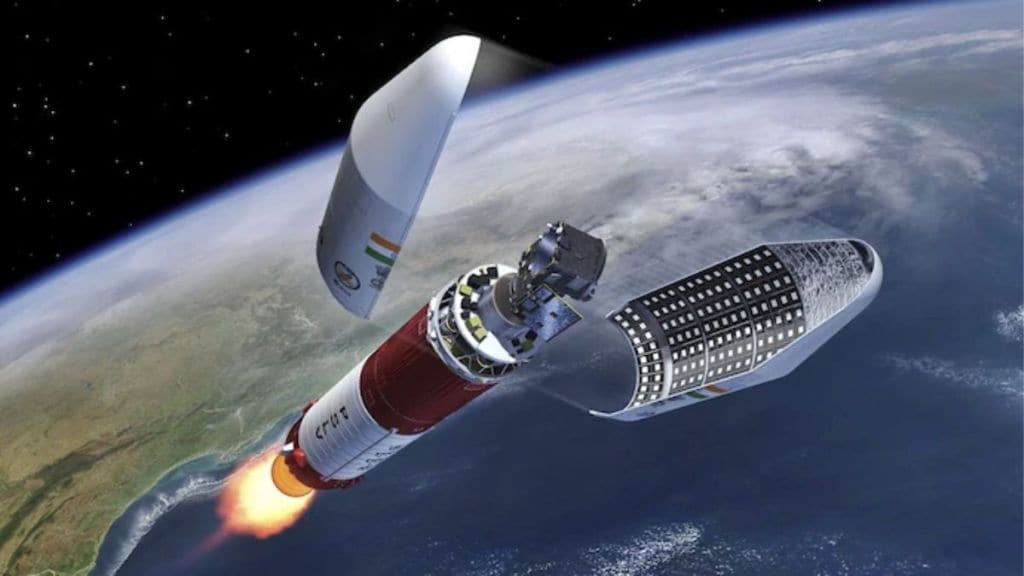ISRO’s PSLV-XL Proba-3 Mission Live Streaming: The Indian Space Research Organisation (ISRO) is preparing for the launch of the Proba-3 mission on its PSLV-C59 rocket, in collaboration with the European Space Agency (ESA). The launch of ISRO’s PSLV rocket, initially scheduled for earlier Wednesday, was postponed just minutes before liftoff due to an “anomaly” detected in the Proba-3 satellites, which were to be carried aboard the rocket.
This mission, conducted in partnership with ISRO’s commercial arm NewSpace India Limited (NSIL), aims to demonstrate precision formation flying in space. The twin Proba-3 spacecraft from ESA arrived in India last month and were integrated and stacked at the Satish Dhawan Space Centre in Sriharikota, Andhra Pradesh, ahead of their launch.
The two spacecraft will be launched together aboard the PSLV-XL rocket, which will place them into a highly elliptical orbit, taking them as far as 60,000 km from Earth before descending to just 600 km. This ambitious mission will allow scientists to study the Sun’s outer atmosphere, also known as the solar corona, in unprecedented detail.
Here is everything you need to know about the Proba-3 solar mission –
When and Where to Watch ISRO’s PSLV-XL Proba-3 mission
ISRO has confirmed that the Proba-3 mission will launch on December 5, 2024, from the First Launch Pad (FLP) at the Satish Dhawan Space Centre (SDSC-SHAR) in Sriharikota. The launch is scheduled for 4:04 PM IST.
Space enthusiasts can witness the launch in person from the viewing gallery at Sriharikota by registering on ISRO’s official website.
How to Watch ISRO’s PSLV-XL Proba-3 Mission Live Streaming
The PSLV-C59/Proba-3 mission will be live-streamed across ISRO’s official website, YouTube channel, and social media platforms, giving space enthusiasts worldwide the opportunity to watch the historic event in real time.
What is Proba-3 mission?
The Proba-3 mission is a groundbreaking effort to study the solar corona, the hottest and outermost layer of the Sun’s atmosphere. It will be the first mission to demonstrate “precision formation flying” in space, a technological leap that involves two satellites flying in tandem, maintaining a fixed configuration in space.
According to the ESA, “A pair of satellites will fly together as a ‘large rigid structure’ to demonstrate formation flying technologies and rendezvous experiments.” The two spacecraft will work in unison to create a solar coronagraph—a 150-meter-long instrument designed to observe the Sun’s faint corona closer to its rim than ever before.
This mission will not only offer new insights into solar phenomena but will also test cutting-edge technologies that allow for precise satellite positioning, further advancing the capabilities of space science and exploration.


